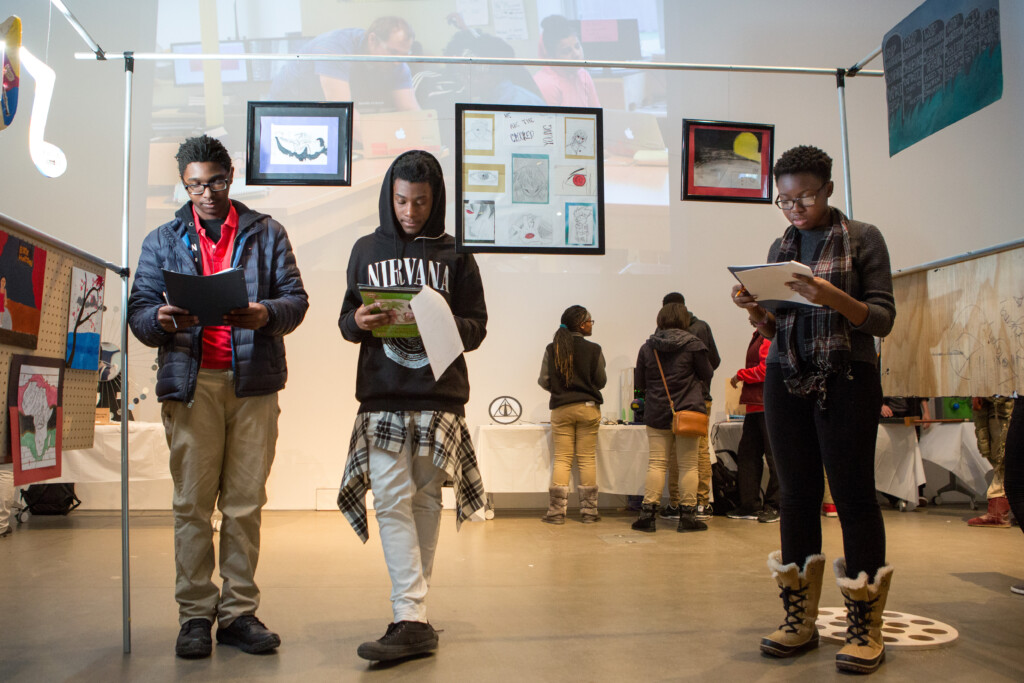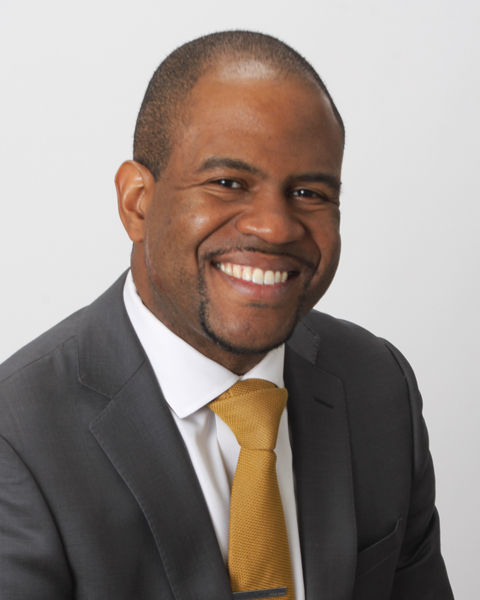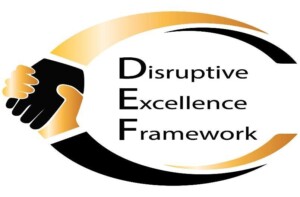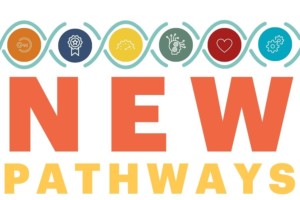Creating New Pathways of Prosperity for All
Key Points
-
Accelerating the urgency to dismantle the current iteration of high school verticals is a necessity to reach every learner.
-
How do we demystify and dismantle a systemic quandary that has plagued Black and Brown students historically in education?

By: Michael T. Conner
The shift into post-Covid has created an unprecedented opportunity for change. In my last blog, I framed the need for urgency in the post-Covid stage of Education for Generation Z and Generation Alpha. Only 15% of Black students and 21% of Latino students are enrolled in advanced courses nationally. Three core drivers are contributing to these inequities: limited offerings of advanced classes, resource disparities in urban centers, and radically diverse schools denying access to available seats. Accelerating the urgency to dismantle the current iteration of high school verticals is a necessity to reach ALL.
The question – how do we demystify and dismantle a systemic quandary that has plagued Black and Brown students historically in education? We need to define the next practices in the context of creating structures, systems, and underpinning data that create access in a model for ALL. Creating new Pathways of Prosperity will take immense perspiration and preparation; however, it can be achieved as illustrated in the examples below.
Competencies, Time, and the Excellence Loop
The Jeffersonian Model’s “compulsory laws” have codified students into a batched standardization. Examples such as grade levels by birthdays, teacher recommendations for advanced placements of students, letter grades, universal screens for homogenous grouping in content areas are systemic in the education culture, and secondary tracks that lead to siloed opportunities for readiness in college and career. The Excellence Loop challenges these notions to create and lament Pathways of Prosperity. By examining your current structures and systems through the Excellence Loop, intentional change will occur underpinning a strong stance in the context of scientific transformation that will facilitate access and opportunity for students that have been historically excluded in the education ecosystem.
In Wilder School District 133, Superintendent Dr. Jeff Dillon has created a K-12 model that eliminates time to ensure students meet criteria based on individual mastery of standards and course outcomes. Time and differentiation are foundational cultural pillars for access as learning becomes personalized, resource allocation is individualized, and the primary mode of pedagogy is consistent with practitioner facilitation. Wilder School District 133 serves a high migrant population, and the high school model features flexibility for career and work opportunities throughout the day. The day has “structure” to time, albeit non-linear for equity and access to accommodate students and families. Hence – Wilder is closing the “Access Gap” and “Expectations Gap” for students in relation to the Excellence Loop.
Another example is Equal Opportunity Schools, a non-profit organization in Seattle that supports districts with transforming structures and systems to ensure access to rigorous courses for historically excluded students. Equal Opportunity Schools underpin Insight Cards with districts to shift discussions around teacher recommendations and policies regarding advanced placement entry. Aspects of the Excellence Loop can be found in these examples, but how does this look from a systems perspective?
The Creative Staircase for Intentional Change
It is a myth that creating Pathways of Prosperity is an instant change. The Creative Staircase, as seen above, is a “whole-to-part” and “part-to-whole” process where the journey from “Micro Innovation” to “Serial Disruption” occurs systematically and strategically. When I served as Superintendent of Schools, we designed an Innovation Lab at the middle school that vertically matriculated into a high school “Aerospace and Manufacturing Pathway.” The 6-12 pathway prepared students in five different STEM verticals (middle school innovation model) coupled with an extended high school pathway experience focused on aerospace and manufacturing (demand and market alignment). Advanced certificates, using artificial intelligence to deepen learning, and creating virtual reality opportunities to deepen competencies were everyday experiences for students. We must challenge the status quo intentionally, boldly, and unapologetically. The road will not be simplistic or linear, albeit profound outcomes will occur if the organization remains committed to achieving prosperity. We cannot stop until we have achieved prosperity for ALL.
Michael T. Conner, Ed.D., is the CEO/Founder of Agile Evolutionary Group, Corp., Pathways Fellow for Getting Smart, and former Superintendent of Schools. He is the creator of the Disruptive Excellence Framework and author of Intentional, Bold, and Unapologetic: A Guide to Transforming Schools in the AC-Stage of Education.






0 Comments
Leave a Comment
Your email address will not be published. All fields are required.